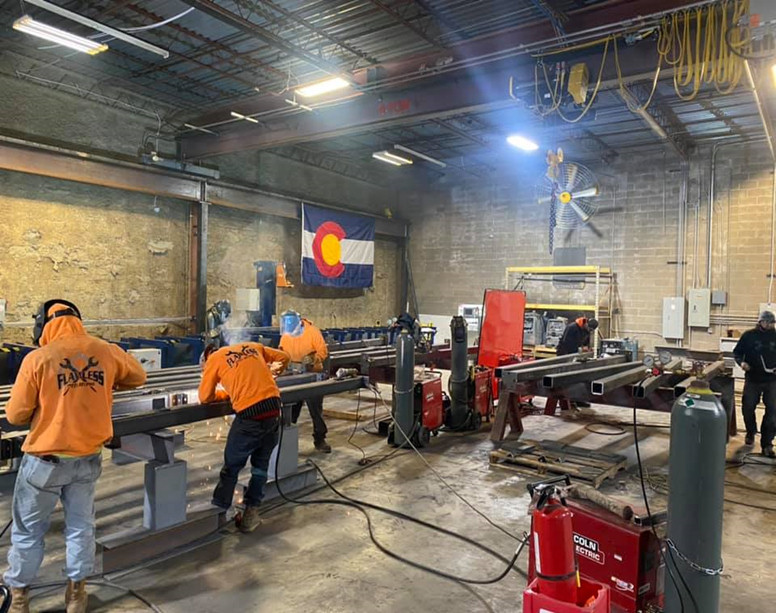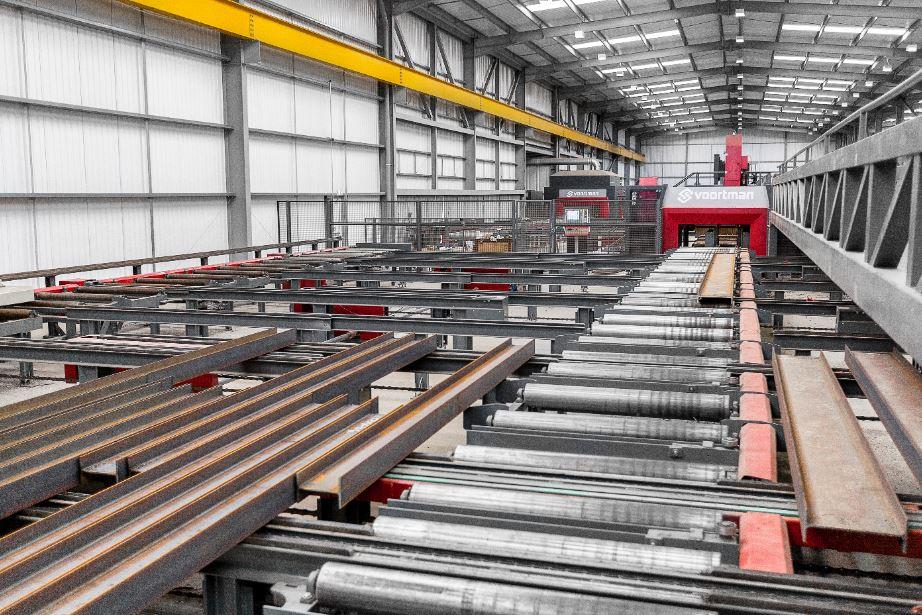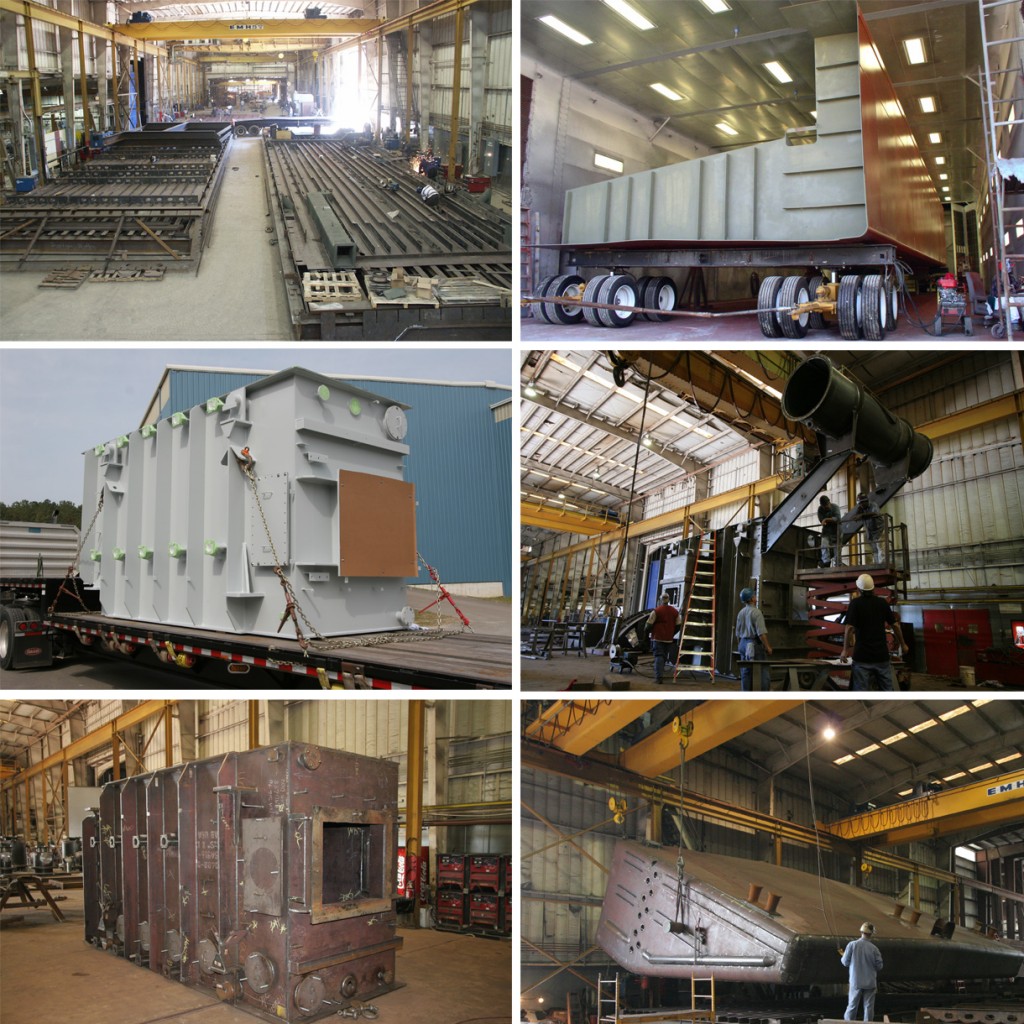Reputable Steel Fixing Services: Guaranteeing Architectural Stability
Reputable Steel Fixing Services: Guaranteeing Architectural Stability
Blog Article
Cutting-edge Fads in Steel Manufacture: Enhancing Durability and Accuracy
In the world of steel fabrication, the search of longevity and accuracy has brought about a wave of ingenious trends that are improving the market. From advancements in welding modern technologies to the combination of robot automation in construction procedures, the landscape of steel production is advancing rapidly. High-strength alloy growth, paired with the usage of 3D modeling and simulation software, is pressing the borders of what is attainable in terms of architectural stability and accuracy. In addition, the growing focus on sustainable techniques in steel manufacturing is not only driving performance but additionally promoting a much more eco mindful technique to construction. These patterns are not simply shaping the existing however also laying the foundation for the future of steel fabrication, promising further improvements in resilience and accuracy.
Advanced Welding Technologies
In the realm of steel manufacture, the adoption of sophisticated welding modern technologies has dramatically reinvented the market's approach to attaining exceptional top quality and precision in structural welds. Advanced welding technologies, such as laser beam of light welding and rubbing mix welding, have arised as game-changers in the area. By leveraging these sophisticated welding strategies, steel producers can boost the resilience, toughness, and accuracy of their structural welds, meeting the increasingly demanding needs of modern-day building tasks.
Robotic Automation in Construction
Embracing robotic automation has come to be a cornerstone of modern steel fabrication methods, simplifying procedures and enhancing effectiveness throughout the sector. Robots are transforming the method steel parts are manufactured, supplying unmatched precision and speed while lowering human mistake. These automated systems can handle recurring tasks with consistent precision, causing greater top quality end items.
One trick benefit of robotic automation in steel construction is the capability to function around the clock without tiredness, substantially enhancing production outcome. This continuous operation reduces downtime and speeds up job timelines, eventually saving costs for producers. Additionally, robotics can be set to execute detailed tasks that may be hazardous or challenging for human employees, improving security in the workplace.
Additionally, robot automation allows smooth integration with other electronic modern technologies, such as computer-aided style (CAD) software program and Internet of Things (IoT) systems (metal fabrication melbourne). This interconnected method improves interaction in between different phases of fabrication, enhancing operations and ensuring real-time monitoring and control. As the steel manufacture industry continues to develop, robotic automation sticks out as a transformative force driving performance and accuracy in manufacturing processes

High-Strength Alloy Development
The development of high-strength alloy advancement in steel fabrication is improving the industry's method to enhancing product durability and performance. High-strength alloys are engineered to display superior mechanical buildings, such as boosted tensile stamina, durability, and rust resistance compared to typical steel grades. By incorporating these sophisticated alloys right into construction procedures, makers can create components that stand up to higher tension levels and harsh environments, resulting in more sturdy and reliable end items.
One secret benefit of high-strength alloy development is the capacity to decrease material thickness without jeopardizing structural honesty. This not just leads to lighter-weight components however additionally adds to cost financial savings and improved performance in manufacture and assembly procedures. Additionally, the enhanced strength-to-weight proportion you can look here of these alloys allows for the layout and building of structures with greater load-bearing capacities while lessening general weight.
3D Modeling and Simulation Software Application
Advancements in steel construction processes have been significantly thrust by the integration of cutting-edge 3D modeling and simulation software application devices. These devices enable makers to create comprehensive online versions of their tasks, enabling them to picture the last product with precision prior to any type of physical work begins. By replicating numerous tension elements, environmental problems, and structural loads, producers can enhance styles for boosted durability and performance. In addition, 3D modeling and simulation software program streamline the production process by identifying prospective concerns beforehand, reducing the requirement for expensive rework and reducing material waste.

Lasting Practices in Steel Manufacturing
Including lasting techniques right into steel production procedures is necessary for decreasing environmental effect and making sure long-lasting resource accessibility. One crucial sustainable practice is the adoption of energy-efficient technologies to minimize greenhouse gas exhausts throughout the steel manufacturing procedure. This consists of utilizing renewable resource sources, such as solar or wind power, to power steel plants and applying energy-efficient devices to enhance energy usage.
Another essential facet of lasting steel manufacturing is the accountable sourcing of raw products. This includes making sure that the iron ore and various other sources utilized in steelmaking are gotten from moral and eco-friendly resources. By promoting openness in the supply chain and adhering to stringent ecological standards, steel manufacturers can lessen the unfavorable influences of resource removal on regional environments and areas.

Conclusion
To conclude, the cutting-edge fads in steel manufacture such as advanced welding modern technologies, robot automation, high-strength alloy growth, 3D modeling and simulation software program, and sustainable techniques are boosting the durability and precision of steel products. These innovations are reinventing the steel construction market by enhancing sustainability, high quality, and efficiency. It is clear that Full Article the future of steel fabrication depends on embracing these innovative innovations to meet the needs of modern building and construction and manufacturing industries.
In the realm of steel construction, the search of toughness and accuracy has led to a wave of innovative patterns that are reshaping the industry.In the realm of steel fabrication, the fostering of cutting-edge welding technologies has substantially transformed the industry's method to accomplishing premium top quality and accuracy in architectural welds. As the steel construction sector proceeds to progress, robotic automation stands out as a transformative pressure driving efficiency and accuracy in making procedures.
Moreover, reusing and recycling steel scrap and waste products play a considerable duty in improving the sustainability of steel production. Alpha reo.In verdict, the innovative patterns in steel manufacture such as sophisticated welding innovations, robotic automation, high-strength alloy development, 3D modeling and simulation software, and sustainable techniques are enhancing the toughness and precision of steel products
Report this page